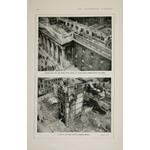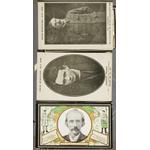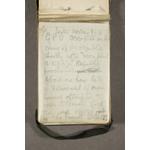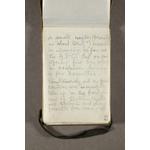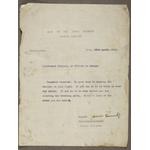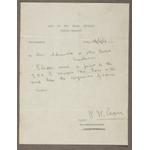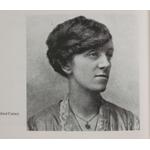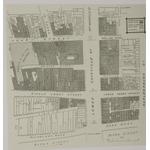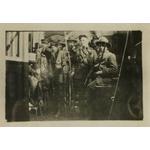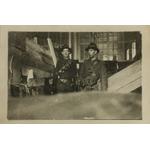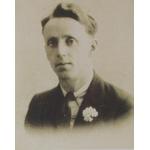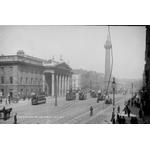Main Sites of Activity
The General Post Office
The principal position to be occupied was the GPO on Sackville (O’Connell) Street, which was designated as the headquarters of the Provisional Government. Five members of the Provisional Government were located there: Pearse, Connolly, Clarke, MacDiarmada and Plunkett. The garrison amounted to possibly 350 men and women—Irish Volunteers, Cumann na mBan, Irish Citizen Army and Hibernian Rifles. Among those present in the GPO at some stage in the week were Harry Boland, Winifred Carney, Michael Collins, Rory Connolly (the fifteen-year-old son of James), Éamonn Duggan, Desmond FitzGerald, Louise Gavan Duffy, Julia Grenan, Seán Lemass, Diarmuid Lynch, Finnian Lynch, Seán McGrath, Nurse Elizabeth O’Farrell, Seán T. O’Kelly, Willie Pearse, James Ryan, Arthur Shields, Michael Staines, Oscar Traynor, Domhnall Ua Buachalla.
The understanding was that once the Proclamation had been read and the Irish Republic established, the Irish Volunteers and the Irish Citizen Army would merge as the army of the Irish Republic. As commandant general of the Dublin Brigade of the new army of the Irish Republic, James Connolly was in charge of the defense of the GPO and also directed operations throughout the city until communications were cut off later in the week.
The GPO garrison barricaded some of the neighbouring streets and also occupied a number of adjoining buildings, including some across the street. On Monday afternoon the garrison repulsed a cavalry attack by a troop of Lancers which recklessly charged down Upper Sackville Street past Nelson’s Pillar under fire from insurgents in the buildings on both sides of the street. With the breakdown of law and order, many of the shops and stores in Sackville Street and the adjoining streets were looted from Tuesday onwards.
From Wednesday on, Liberty Hall, the GPO and other buildings in Sackville Street came under artillery and incendiary fire, mostly from the gunboat Helga at anchor in the Liffey. The Imperial Hotel located over Clery’s department store, across the street from the GPO, was one of the first buildings to be set on fire; soon most buildings between that and the Liffey were in flames. Connolly had naively believed that the British would not use artillery in city areas because as capitalists they would be reluctant to destroy property.
On Thursday, Connolly dispatched Lieutenant Seán McLoughlin with a party of thirty men to set up an outpost in the premises of the Irish Independent and the Nation on Middle Abbey Street. McLoughlin was a twenty- year-old member of Seán Heuston’s company, who had taken part in the action in the Mendicity Institution, and had already favourably impressed both Pearse and Connolly. Afterwards Connolly was seriously wounded in the ankle outside the GPO; although confined to a stretcher he continued to direct operations.
By Friday evening the GPO was on fire, at which point it was decided to evacuate the garrison and move northwards by way of Moore Street, which was being raked by rifle and machine gun fire, to the Williams & Woods factory in Great Britain (Parnell) Street. The O’Rahilly led a charge by thirty Volunteers to clear the way. He was fatally wounded along with several of his men.
As Connolly was incapacitated, the direction of the evacuation was delegated to McLoughlin, the responsibility being confirmed by his promotion to commandant later that evening. The garrison then evacuated and took up new positions, mainly in houses along Moore Street. On Saturday morning McLoughlin proposed that the garrison fight its way via Henry Street and Capel Street to link up with Commandant Daly’s 1st Battalion in the Four Courts area. As this course would entail considerable civilian casualties, it was decided at a meeting of the five members of the Provisional Government present that they would negotiate a surrender to prevent further loss of life.






